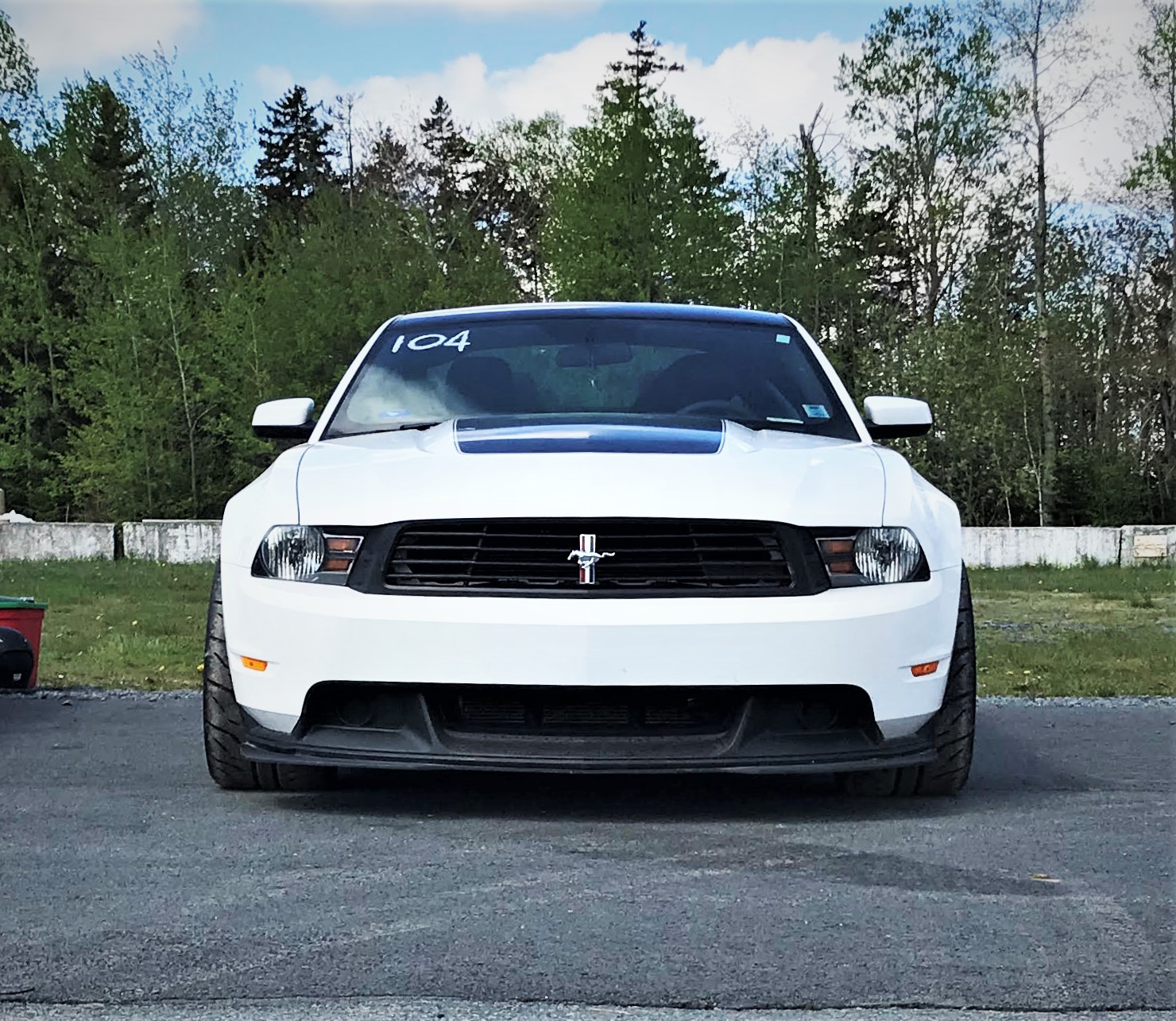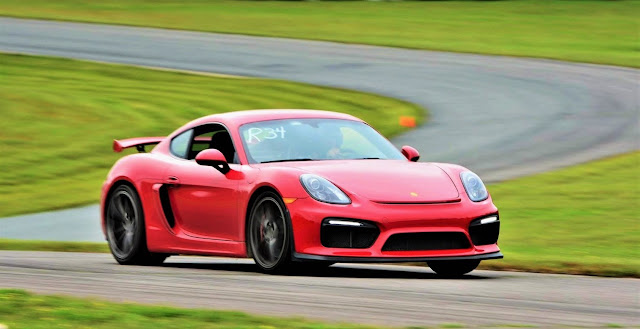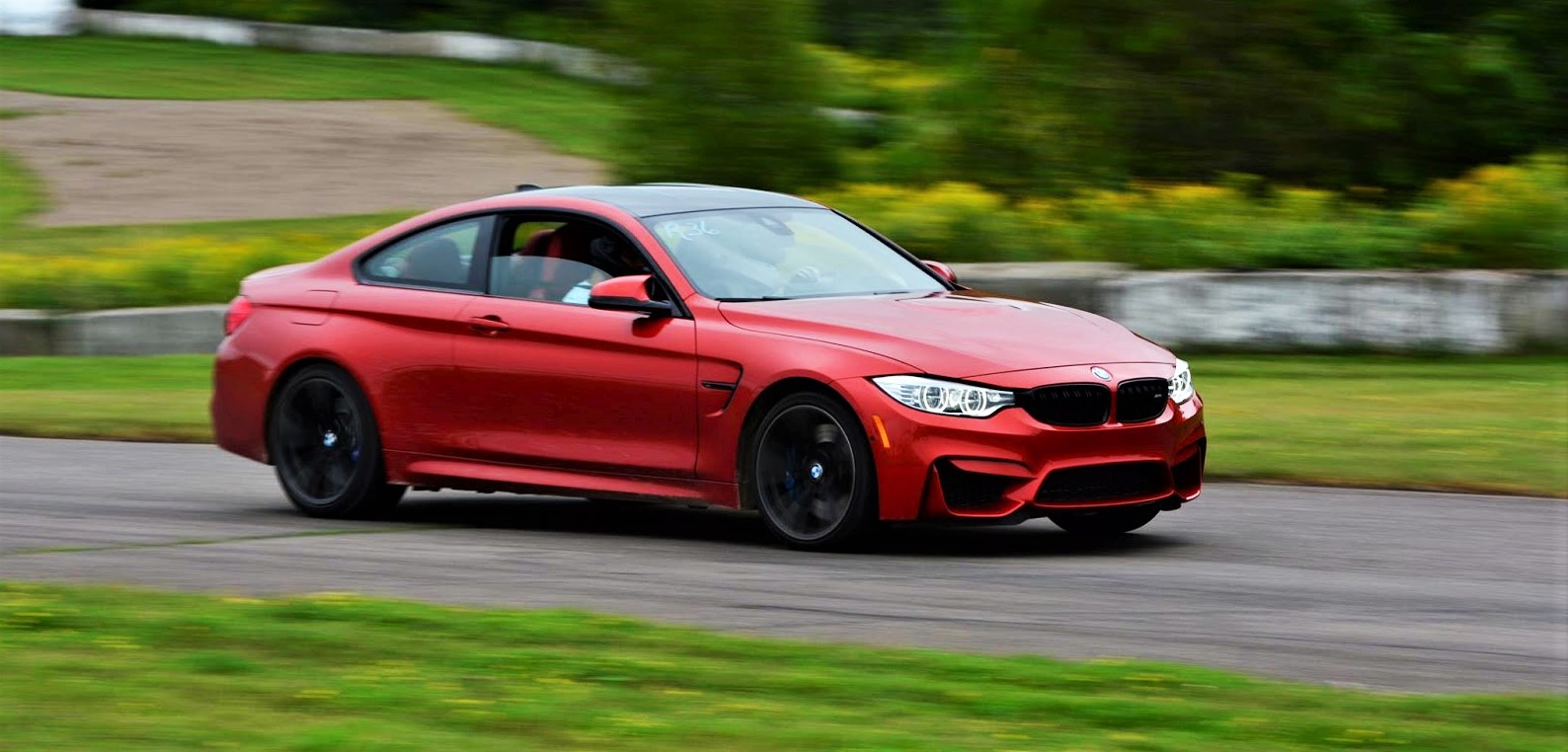Horsepower figures are finally in! The 2018 Mustang GT will make 460 hp and 420 lb-ft of torque out of the updated 5.0 litre Coyote V8. For those keeping score, those are increases of 25 hp and 20 lb-ft torque over the outgoing and exactly 5 hp more than the Camaro SS but 35 lb-ft less torque than the torquey small block Chevy. Back in February when I posted about the updated Mustang (2018 Ford Mustang Upgrades), I figured it will be at least as much as the Camaro SS and was optmistically thoping for 470 hp. Ford landed almost right in the middle. While The Camaro should have the advantage at low rpms, the Mustang will have the upper hand in the top end and I love a big displacement high revving V8. The EcoBoost also gets some love. Although hp stays the same at 310 hp, torque jumps to 350 lb-ft, which should make it feel much stronger in midrange.
Both cars will now switch to the 10-speed automatic co-developed with GM, but they'll still offer a manual option of course. Both cars will also be available with a Performance Pack, which I suspect will be very similar to what is offered now except for the dampers, which will be Magnetorheological or magnetic - MagneRide in Ford speak. That includes the EcoBoost engine! And finally, Ford will offer a much better tire option than the Pirelli P Zeros from the factory, namely Michelin Pilot Sport 4 tires. These are the evolution of the excellent Pilot Super Sports and I presume they will come standard with the Performance Pack.
Speaking of which, if you equip your Mustang with the 10-speed auto and the Performance Pack, the GT will crack the 4 second mark and blast from 0-60 mph in less than 4.0 seconds while the EcoBoost will do the deed in under 5.0 seconds. Both are very impressive numbers, and if pricing doesn't go up by much from now, will be phenomenal value. Ensuring consistent performance, there will be a Drag Strip mode to help with launch by, among other things, softening front magnetic dampers and stiffening the rear to promote rear weight transfer under acceleration. Given the standard Line Lock feature that Ford was first to offer on the S550 Mustang and now this Drag Strip mode, getting a good launch should be easier than ever and the 10-speed auto should ensure perfect shifts.
But, I will happily give up a few tenths in shifting and stick with the manual. Make mine a GT with the Performance Pack please.. did I mention that redline appears to be 7,400 rpm? Ford hasn't announced what it will be but it will be higher than the current 7,000 rpm redline and the reveal video seems to show 7,400 as redline at 26 seconds in. Check out the video below (and turn up the volume) .. because now, you can enjoy the beautiful Coyote V8 noise FINALLY being acceptably loud from the factory, courtesy of the dual-mode exhaust (if you're thinking I'm loving the new Mustang, you're absolutely right).













Comments
Post a Comment